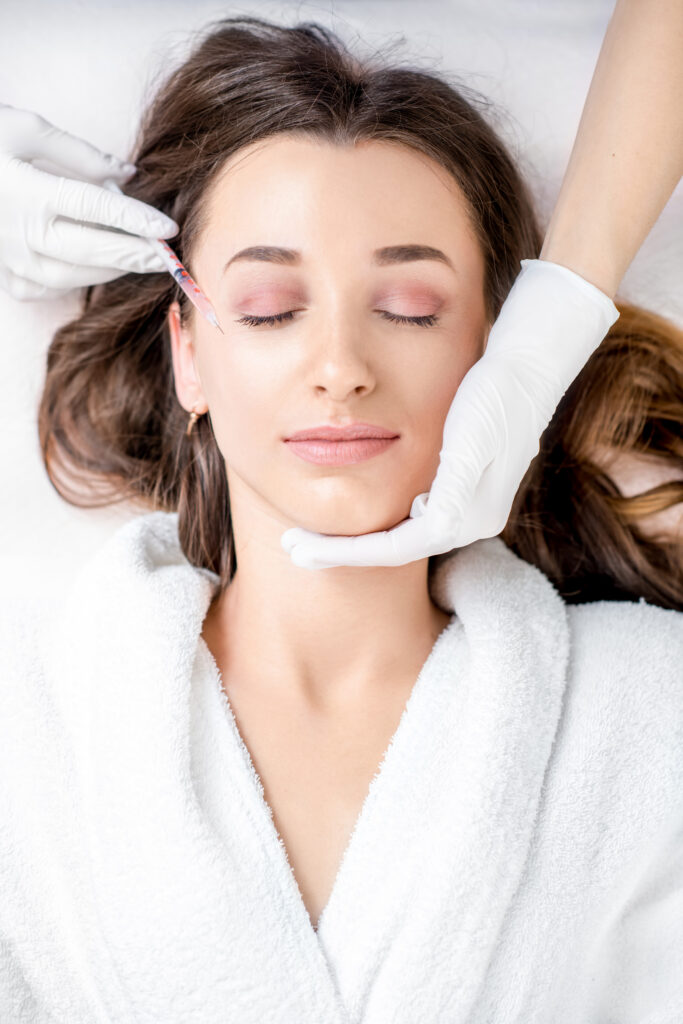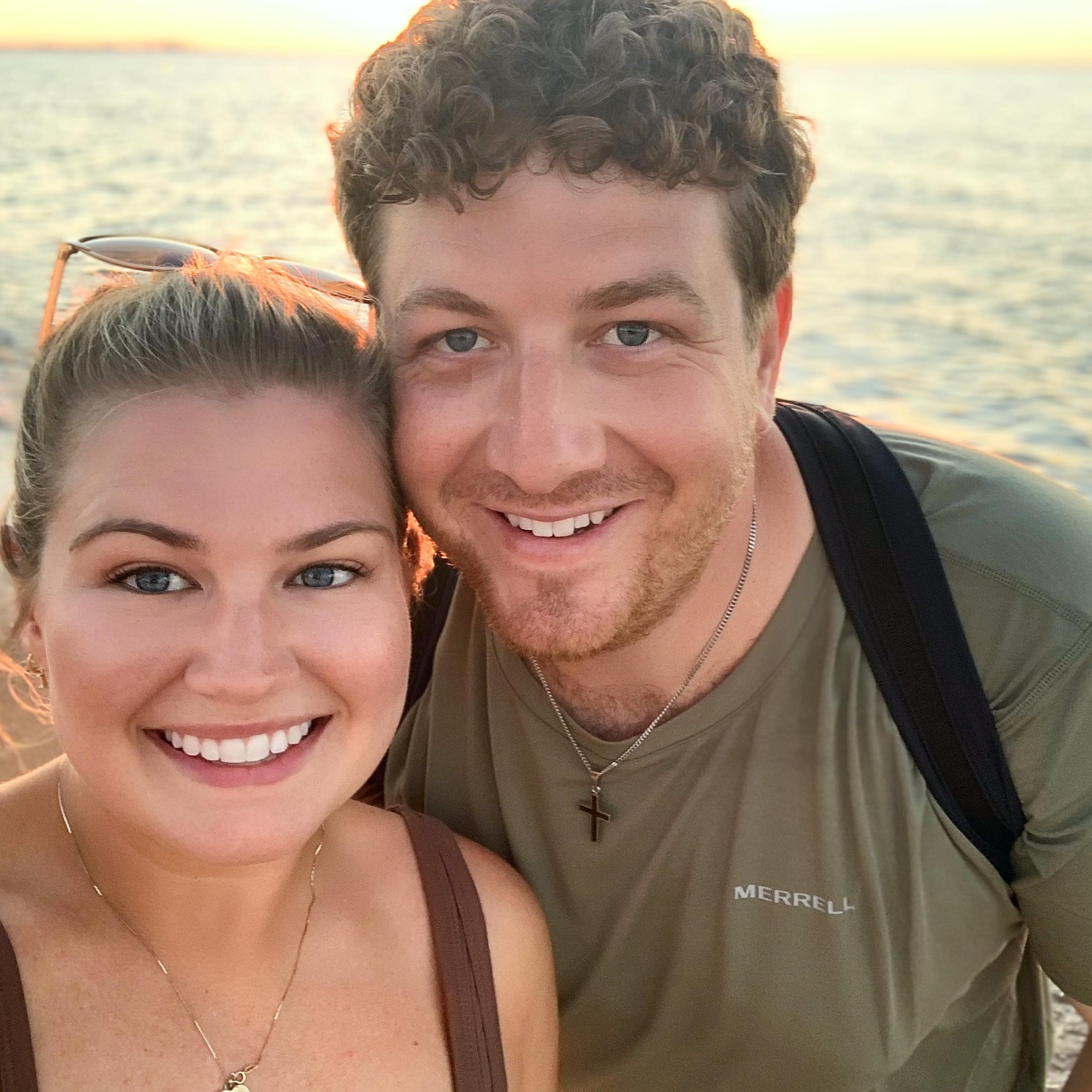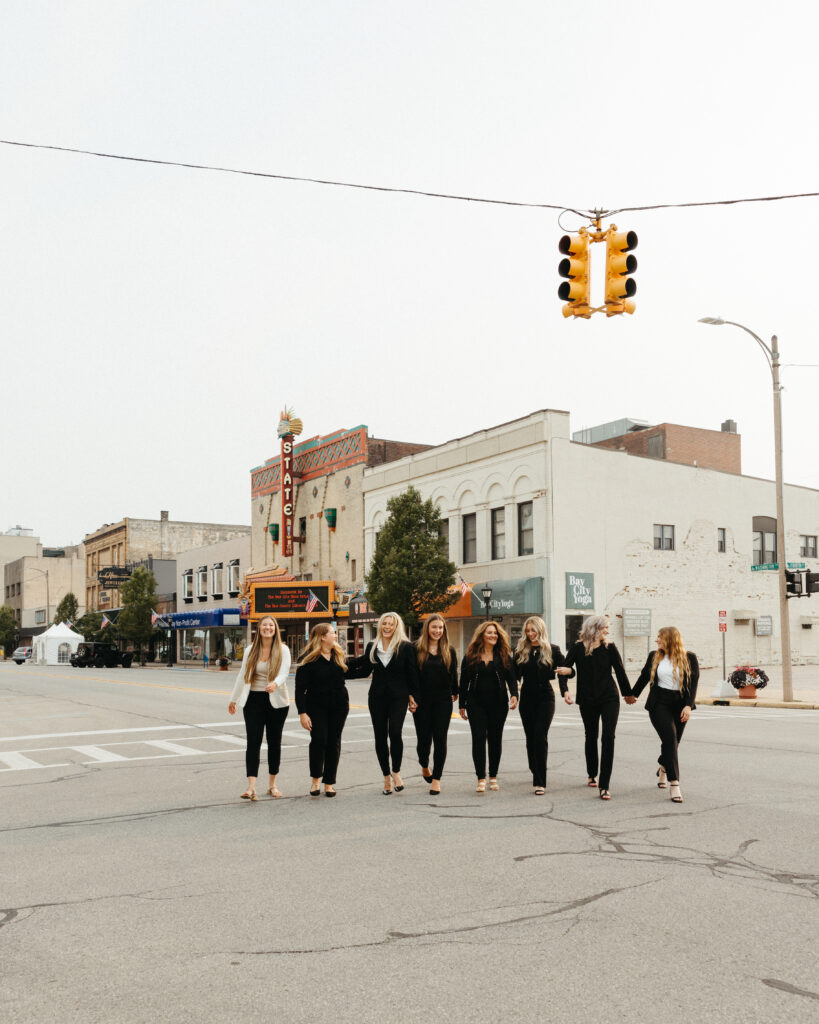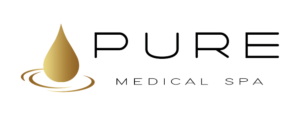Botox Cosmetic
What Is Botox Cosmetic?
Botulinum Toxin A
Botox Cosmetic, short for Botulinum Toxin is a popular and FDA-approved injectable treatment used for various medical and cosmetic purposes. Botox works by temporarily blocking the signals between nerves and muscles, leading to muscle relaxation and the reduction of muscle activity. In the cosmetic field, Botox is primarily used to correct and prevent the appearance of facial wrinkles and fine lines, particularly those caused by repetitive muscle contractions.


Crows Feet
Botox eases crow’s feet by relaxing eye area muscles. Minimally invasive, it reduces wrinkles, giving a youthful look lasting several months.
Frown Lines
Botox softens frown lines by blocking muscle contractions. Quick and safe, it diminishes wrinkles and restores a relaxed, refreshed look for several months.
Chronic Migraine
Botox helps chronic migraines by blocking pain signals. Administered every 12 weeks, it reduces headache frequency and intensity, improving quality of life.
Forehead Lines
Botox smooths forehead lines by relaxing the underlying muscles. Non-surgical and effective, it reduces wrinkles for months, revealing a more youthful appearance.
Hyperhydrosis
Botox treats hyperhidrosis by blocking sweat glands. Safe and long-lasting, it reduces excessive sweating, providing relief for up to six months.
Muscle Spasms
Botox eases muscle spasms by inhibiting nerve impulses. Injected directly into affected muscles, it provides relief for various conditions, like cervical dystonia and eye spasms.
FAQ
What is Botox, and how does it work?
Botox is a brand name for a neurotoxin called Botulinum toxin, produced by the bacterium Clostridium botulinum. It is used in cosmetic treatments to reduce the appearance of facial wrinkles and fine lines. Botox works by temporarily blocking nerve signals to specific muscles, causing them to relax. When injected into targeted facial muscles, it prevents the muscles from contracting, which results in smoother skin and a reduction in wrinkles.
What cosmetic concerns can Botox address?
Botox is commonly used to treat dynamic wrinkles, which are caused by repeated facial muscle movements, such as frowning, squinting, or smiling. It is particularly effective in smoothing out forehead lines, crow’s feet (lines around the eyes), and glabellar lines (vertical lines between the eyebrows). Botox can also be used to lift eyebrows, reduce neck bands, and alleviate excessive sweating (hyperhidrosis).
Is Botox safe? Are there any side effects?
Botox is considered safe when administered by a qualified and experienced medical professional. However, like any medical procedure, it carries some potential side effects, though they are generally mild and temporary. Common side effects include bruising, redness at the injection site, and mild headaches. In rare cases, patients may experience drooping of the eyelids or eyebrows, but this typically resolves within a few weeks.
How long do the effects of Botox last?
The effects of Botox are not permanent. Generally, they last for about 3 to 6 months, depending on the individual and the treatment area. Over time, the muscles gradually regain their activity, leading to the return of facial lines and wrinkles. To maintain the results, patients often need regular follow-up treatments.
Does Botox treatment hurt?
Botox injections are typically well-tolerated and cause minimal discomfort. The needles used for injections are very fine, and the procedure is relatively quick, lasting only a few minutes. Some practitioners may apply a topical anesthetic cream before administering Botox to further minimize any discomfort.
Who is a good candidate for Botox?
Botox is generally suitable for healthy adults who have dynamic wrinkles they wish to address. Pregnant or breastfeeding individuals should avoid Botox treatments, as its effects on unborn or nursing infants are not yet fully understood. People with certain neurological conditions may not be suitable candidates for Botox.
How should I prepare for a Botox treatment?
Before getting Botox, it is advisable to schedule a consultation with a qualified medical professional. During the consultation, you can discuss your goals and medical history, and the practitioner will determine if Botox is the right option for you. To prepare for the treatment, avoid alcohol consumption and blood-thinning medications for a few days before the procedure to reduce the risk of bruising.
Are there alternatives to Botox for reducing wrinkles?
Yes, there are other non-surgical alternatives to Botox for reducing wrinkles. Some common options include dermal fillers, which add volume to the skin, and microneedling treatments that stimulate collagen production. Each option has its unique benefits and considerations, so it’s essential to consult with a qualified professional to determine which treatment is most suitable for your specific concerns.
What Our Patients Say About Us













Contact Us Today and Begin the Journey to a Pure You

